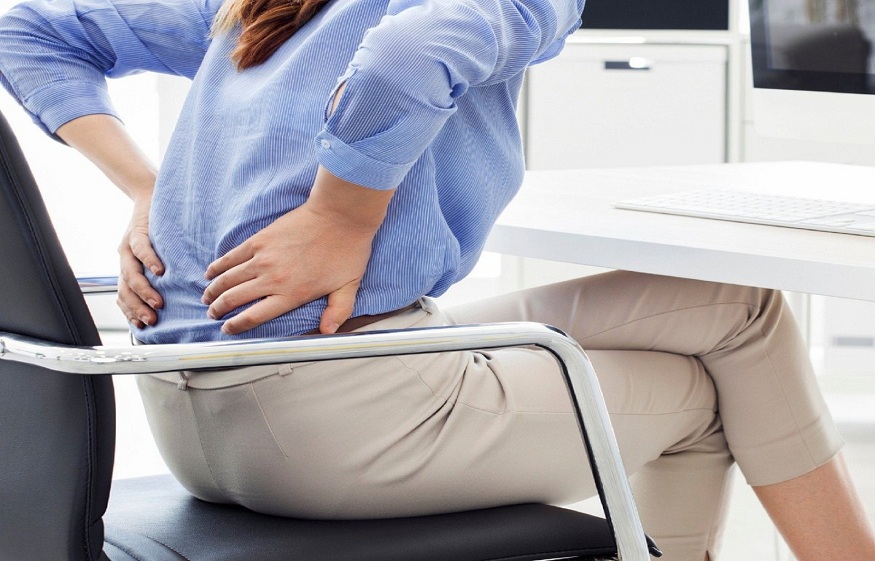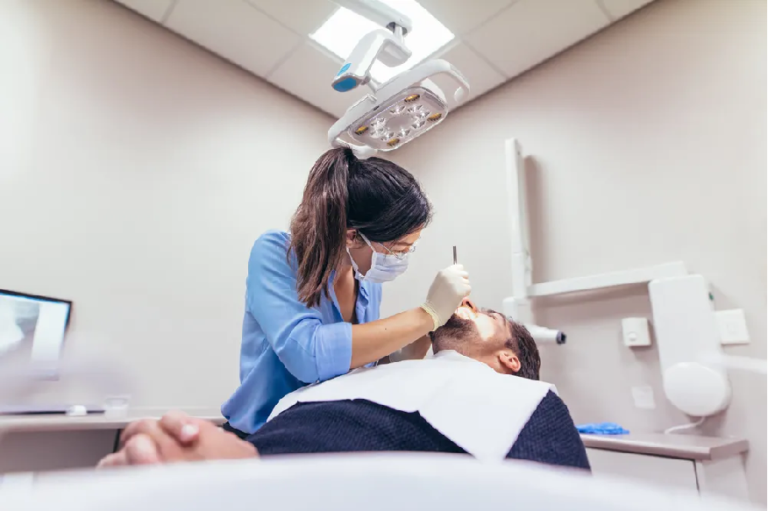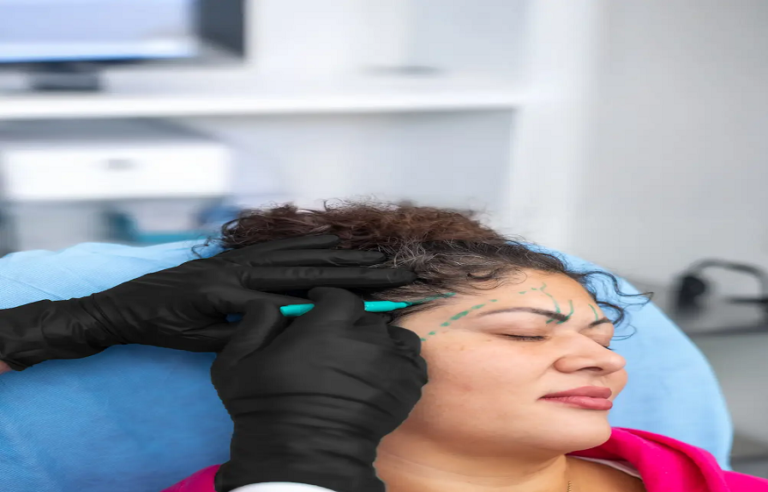
Several people can help relieve back pain. But some of them are in competition, and each claims to have the best approach. How to choose the right one?
The physiatrist
Doctor specializing in neuromusculoskeletal diseases, he is able to make a real medical diagnosis and to carry out certain interventions, such as cortisone infiltrations.
However, there are only 70 physiatrists in Quebec. To get an appointment, you have to wait six months to three years. In the meantime, we must relieve the pain! We can therefore consult another speaker from this list. In the case of severe pain, trauma or chronic ailments, it is advisable to consult a doctor first.
“Manual therapy approaches can work, but not all people respond to treatments in the same way,” says Marc Filiatrault, physiatrist. If after five or six visits to a chiropractor or osteopath, you do not see any improvement, it is a sign that it is better to try something else.
It uses therapeutic means such as ultrasound, analgesic or anti-inflammatory currents, as well as joint mobilizations and manipulations to increase mobility and reduce pain. He prescribes specialized exercises. He holds a university degree in physiotherapy and is a member of the Ordre des physiothérapeutes du Québec.
The chiropractor
He uses a wide range of manipulation techniques, adjustments, manual therapies and tractions. Framed by law and by a professional order, he can make a chiropractic diagnosis, prescribe exercises and have x-rays taken. The goal of treatment is not only to relieve the pain, but to make corrections to prevent recurrences. “We are tackling reversible back pain of biomechanical origin such as muscle blockages, sports injuries, sciatica [pain related to irritation of the sciatic nerve] and lumbar sprains”, says Georges Lepage, president of the Order of Chiropractors of Quebec. Some chiropractors want to convince their clients to sign long-term contracts for a large number of treatments.
The kinesiologist
A specialist in physical activity, he uses movement for purposes of prevention, treatment and performance. He assesses physical condition and develops exercise programs based on specific objectives. In the case of back pain, the initial goal is to restore mobility to the client. Once mobility is regained, his intervention aims to prevent recurrences by increasing abilities.
The acupuncturist
He assesses the state of the patient’s energy flows according to the traditional oriental technique, then stimulates points of the skin, mucous membranes or subcutaneous tissue using needles, heat, pressure or an electric current. “We work on the points of relaxation. By placing needles in the back, it stimulates circulation and loosens the tissues. Acupuncture releases endorphins, a hormone secreted by the body to relieve pain, and stimulates nerve fibers to inhibit it,” explains Guilhem Durand, acupuncturist. Acupuncture has been recognized as a profession in Quebec since 1995 and regulated by law and by a professional order.
The osteopath
Osteopathy is a soft medicine combining manipulations, palpations and manual therapies. In Quebec, the profession is not regulated by law. We must at least make sure that the osteopath consulted is a member of the Ostéopathie Québec association, which guarantees that he has undergone training of at least 4200 hours in a private school that meets the standards of the profession, says Jean- Luc Géhant, president of Ostéopathie Québec. The association is currently taking steps to become a professional order.
The massage therapist
Through different types of massage, it can provide some pain relief. He can recommend exercises or stretches, and give advice on posture and healthy lifestyle habits. The trade is not legally regulated in Quebec. We must therefore rely on the recommendations of third parties, choose a center that has a good reputation and ask questions about the training followed. A good massage therapist takes the time to ask questions before performing the massage in order to understand the client’s condition. It does not issue a diagnosis, but a therapeutic hypothesis.
In general, in the event of sudden back pain such as low back pain or “kidney turn”, cold is applied for the first 48 to 72 hours, advise Stéphane Lamy, physiotherapist, and Georges Lepage, chiropractor. This has the effect of stopping the inflammatory reaction.
Thereafter, it varies depending on what best relieves the individual and the intensity of the ailment, Lamy adds. On the other hand, it is worth trying the heat to see if it will relax the muscles. But, as long as we are still in an inflammatory phase, the heat is less effective.
Ice or heat?
In general, in the event of sudden back pain such as low back pain or “kidney turn”, cold is applied for the first 48 to 72 hours, advise Stéphane Lamy, physiotherapist, and Georges Lepage, chiropractor. This has the effect of stopping the inflammatory reaction.
Thereafter, it varies depending on what best relieves the individual and the intensity of the ailment, Lamy adds. On the other hand, it is worth trying the heat to see if it will relax the muscles. But, as long as we are still in an inflammatory phase, the heat is less effective.







